What is Anti-Heeling System on Ships?
When the ship tilts on any of its sides i.e. port or starboard and doesn’t return back to its upright position, it is known as heeling of the vessel. Heeling is unsafe for ship, its machineries and people onboard. The main reasons of ship’s heeling are strong winds, hard and speedy turns and uneven cargo loading. Out of the three reasons, the most common cause is uneven cargo loading and unloading.
Anti-heeling System
The anti heeling system of a ship automatically detects the heeling angle of the ship and compensates the same. This allows the vessels to have continues loading and unloading cargo operation without stopping in between for list correction. This saves considerable amount time on the port.
In this system, ballast tanks are internally connected to each other by means of pipe lines, automatic valves and control systems. When the ship heels to any of the sides, the heeling sensor sends the signal for change of ships angle with respect to the ship’s upright position to the master control panel. This change in heeling angle is compensated by methods of auto transferring the water from the heeled side to the other side of the ship, making the vessel upright.
Level control switches are also installed in the ballast tank involved with the anti-heeling system to avoid low level or over filling and hence over pressurising of the tanks.
Types of Anti Heeling System
There are two widely used anti heeling system on board ships:
1) Pneumatic system: This system comprises of air purging arrangement and regulating valve system to force the air on the top of ballast tank. The air is forced on one tank and purged from the other, making the water rapidly flow from pressurised to purged tank. This transfer of water is used to upright the vessel in quick time.
2) Water pump system: The pump system consists of electrical motor driven water pump, which can be a reversible or non reversible pump, connected with remote controlled valves that can direct ballast water flow in between the tanks.
Advantages of Anti Heeling System:
- Allows safer and rapid cargo loading and unloading.
- Shortens harbour time and saves port dues.
- Reduces damage to ramp, rolling cargo and containers.
- Ensures safety of the ship and personals.
You may also like to read-Reasons for Capsizing of a Ship
References:
ohmartvega
rolls-royce
Image Credits:
rolls-royce
scaldis-smc
Do you have info to share with us ? Suggest a correction
Latest Ship Safety Articles You Would Like:
Subscribe To Our Newsletters
By subscribing, you agree to our Privacy Policy and may receive occasional deal communications; you can unsubscribe anytime.



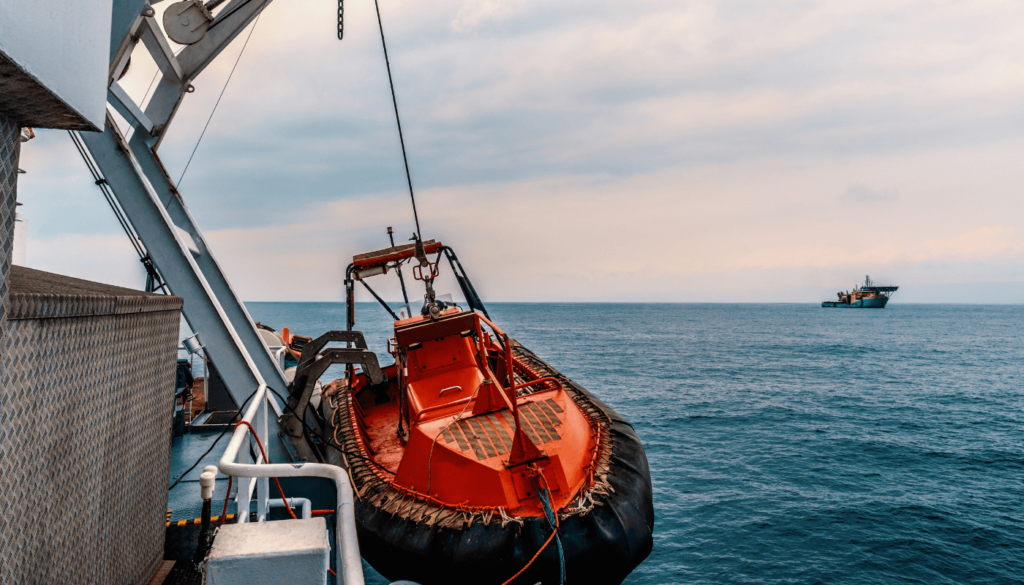
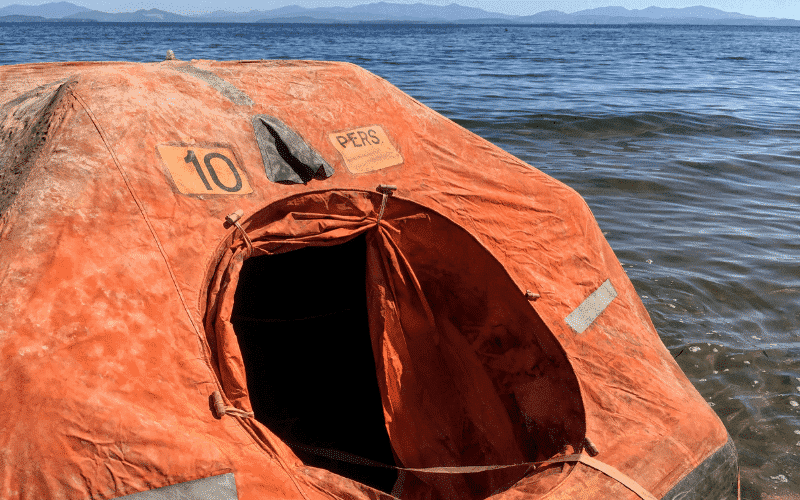
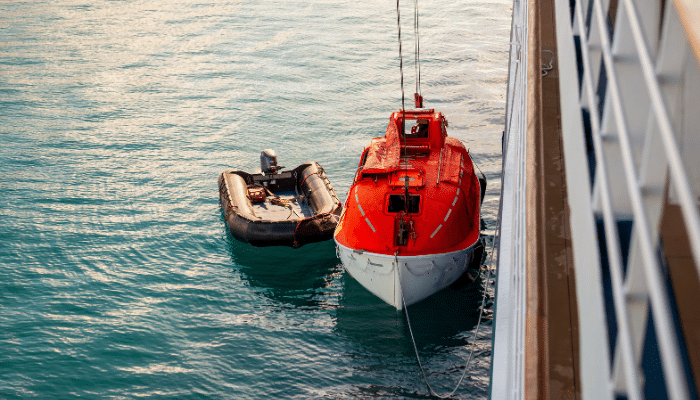
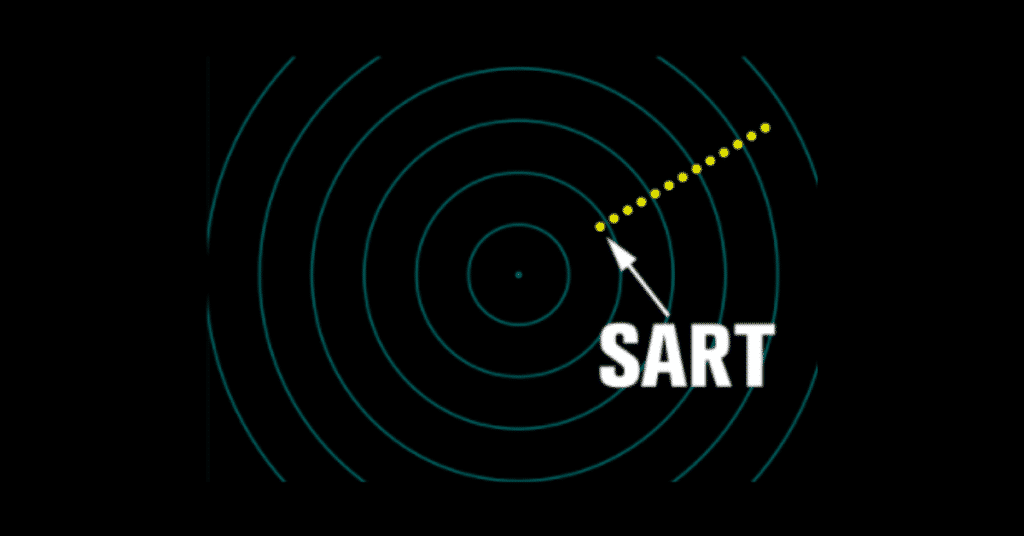
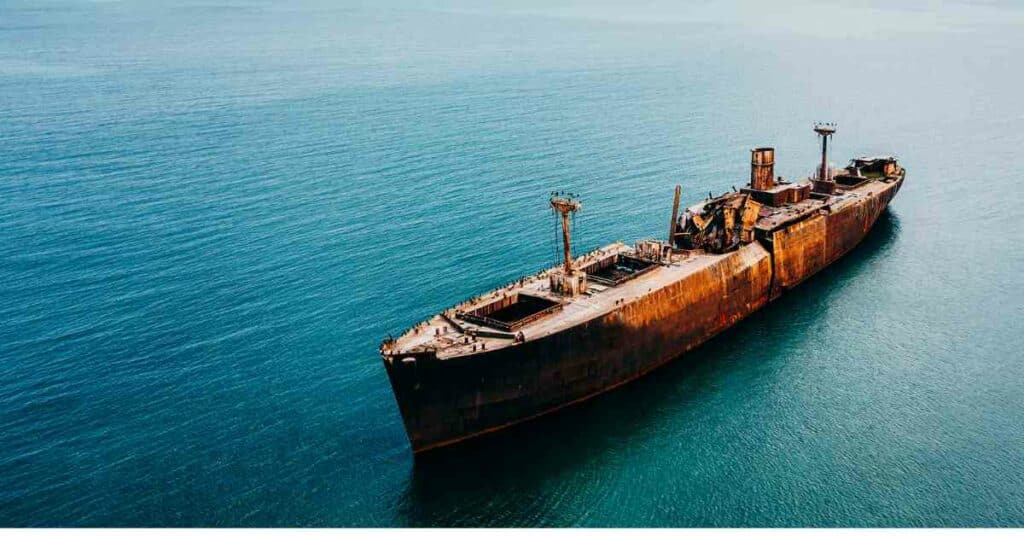

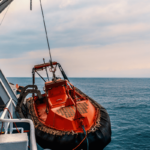
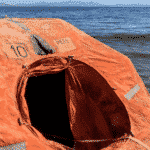
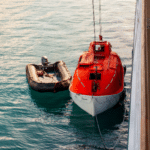
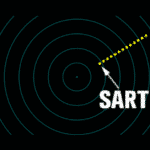
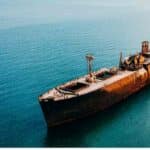

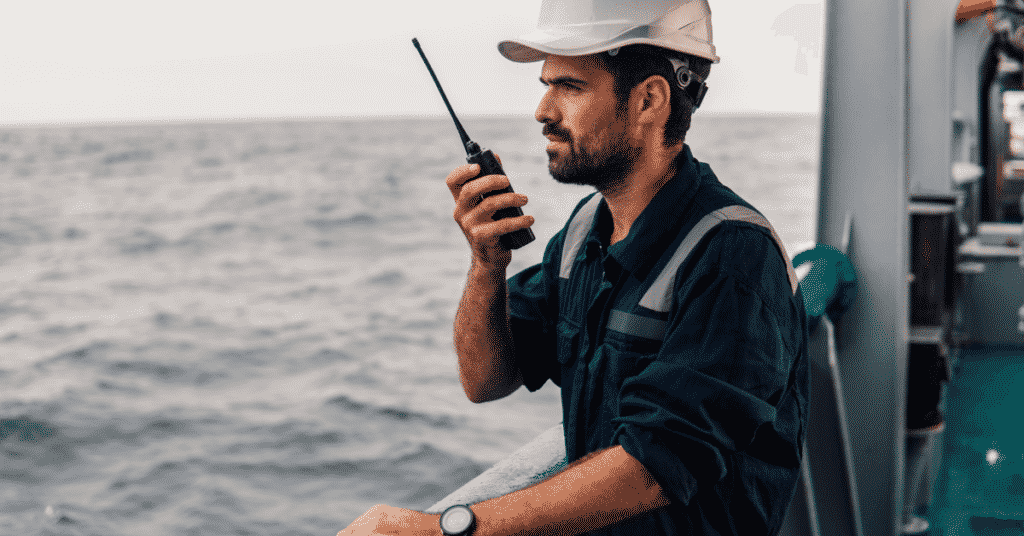

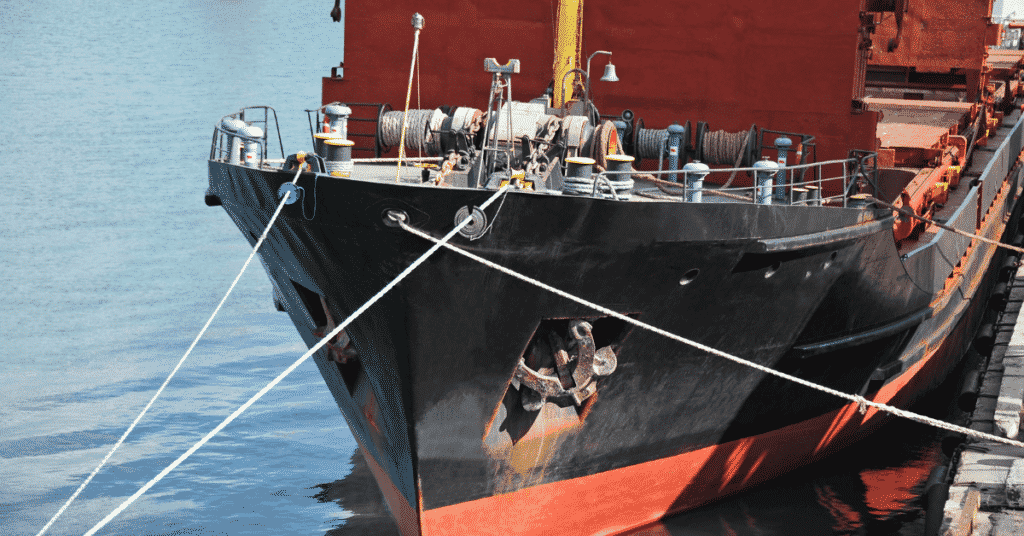
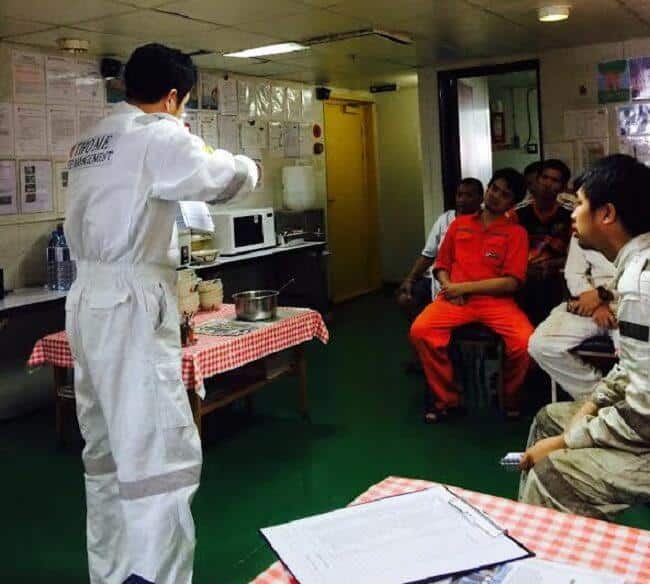
WE NEED ANTI HEELING SYSTEM MOTOR, MANUFACTURER MEZ, TYPE: 16BA283-
4AA96-Z280M, 104 KW, SR.NO.029668001.
COULD YOU GUIDE US TO WHOM WE SHOULD REFER THIS ENQUIRY TO
NAME & EMAIL OF COMPANY?
Anti Heeling Tanks, Do they operate only in port or out at sea as well?
@mr. Gajesh Kumar, these operate only at sea, in port they are already tied to bollards. these are sued when the ship is experiencing very bad weather or when they have scientific equipment on board or when they have passengers on board.
Hi,
we are ship designer in china and will be involved one project which needs anti-heeling system. we would like to get some references about your company experience, contact person in charge and prepare a general techncal proposal for us. In such case, what documents you needs
brgds
jeffrey
Hi Jeffrey
if you need Anti heeling system, do pls contact me +65 87268601
raaj@nordicflowcontrol.com
With regards
Raaj
need guide line ….how the mooring line requirement is cALculated for LNG,SUEZMAX,CONTAINER OR PASSENGER Vsl.
formulas are based on DWT of Vsl..what are formulas ?
what r the factors for wind spd, swell, current is taken in account for calculating the number of mooring lines for a vessel…k..tks